WASHINGTON - Internal Revenue Service (IRS) examination function personnel did not always follow collectibility procedures. Examiners did not always coordinate with the collection function. The IRS examination function does not track or measure the collectibility of assessments. These are the three major findings from an audit report that the Treasury Inspector General for Tax Administration (TIGTA) published today.
Throughout an IRS tax examination, examiners are expected to follow Internal Revenue Manual procedures to consider the taxpayer's ability to pay a potential assessment. The purpose of these "collectability determinations" is to ensure that the Examination function's resources are efficiently used and that the IRS's accounts receivable are collectible. Additionally, taxpayers who have financial difficulties and cannot afford to make tax payments may be further burdened if the IRS audits them for additional assessments that they cannot pay. Further, taxpayers may be treated inconsistently when examiners do not follow procedures to consider a taxpayer's ability to make payments.
This audit was initiated to determine whether the Small Business/Self-Employed Division Examination function is properly and accurately performing collectibility determinations before and during Field and Office examinations.
In Fiscal Year 2015, 50 percent of all IRS Field Collection closures and 19 percent of all IRS Automated Collection System closures of taxpayer delinquent accounts resulting from an examination were closed as currently not collectible. IRS examiners did not follow collectibility procedures in 62 (56 percent) of 110 sampled cases, which involved 101 separate instances in which they did not follow procedures. Specifically, examiners did not always consider collectibility, document their collectibility evaluations, or discuss collectibility issues with their managers. Additionally, examiners did not always contact the Collection function when Examination function procedures required them to do so, refer required cases to the Collection function, or complete financial information needed to assist in future collection efforts.
TIGTA estimates that there were 1,731 Office examination cases and 1,445 Field examination cases in which employees did not follow established collectibility procedures and the Collection function later worked and closed the cases as currently not collectible- with the IRS having received no taxpayer payments. Also, while examiners survey cases (i.e., close the case without conducting an examination) for some reasons, examiners rarely survey cases because of collectibility concerns.
TIGTA also determined that the Examination function has no reports or measurement systems related to the collectibility of examiner assessments. Without this information, IRS management does not have complete information to make changes or improvements to meet goals.
"Adherence to collectibility procedures and coordination between the IRS Examination and Collection functions helps ensure that the IRS is using its limited resources efficiently," said J. Russell George, the Treasury Inspector General for Tax Administration. "The failure to do so can result in tax assessments that will never be collected," he added.
Meanwhile, from Fiscal Years 2010 to 2015, gross accounts receivable increased from $138 billion to $171 billion (24 percent), while the amount written off as uncollectible receivables increased from $103 billion to $130 billion (26 percent). IRS Examination management informed TIGTA that they were not aware that the Enforcement Revenue Information System allowed them to track collectibility data, so it was not being used for that purpose.
TIGTA recommended that the IRS take several corrective actions to improve collectibility determinations and communication between the Examination and Collection functions and use available data resources to measure and track collectibility as it relates to examination assessments.
IRS management agreed with all of TIGTA's recommendations and plans to take corrective action.

